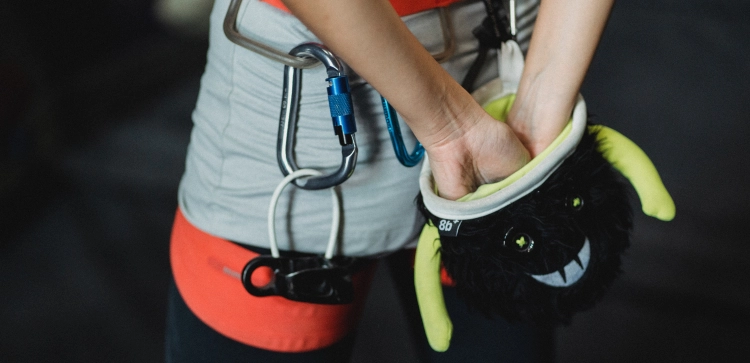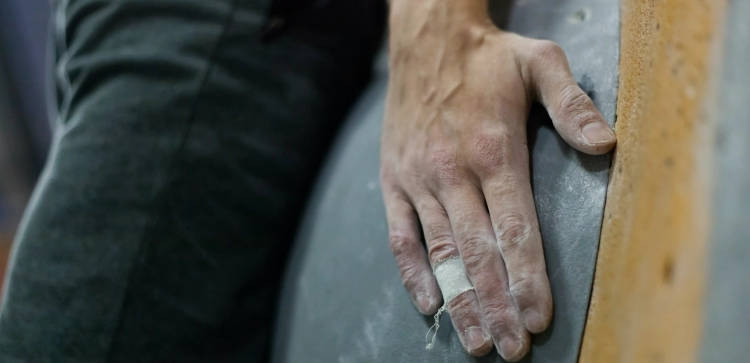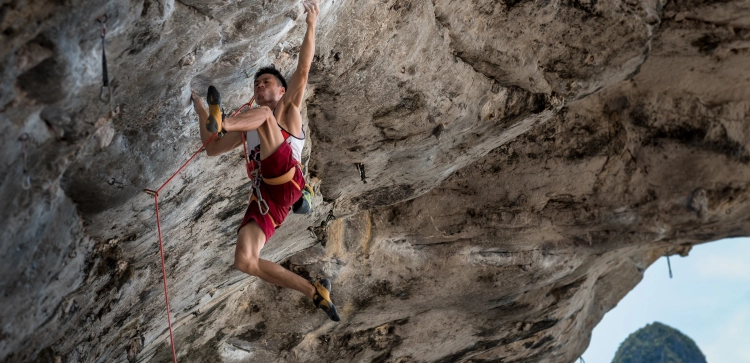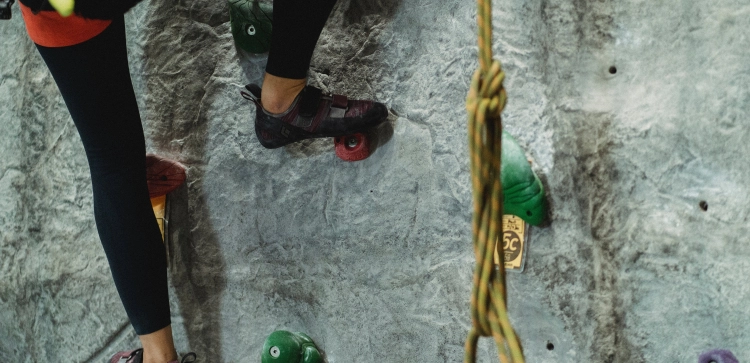Enhancing Your Grip: Essential Climbing Techniques
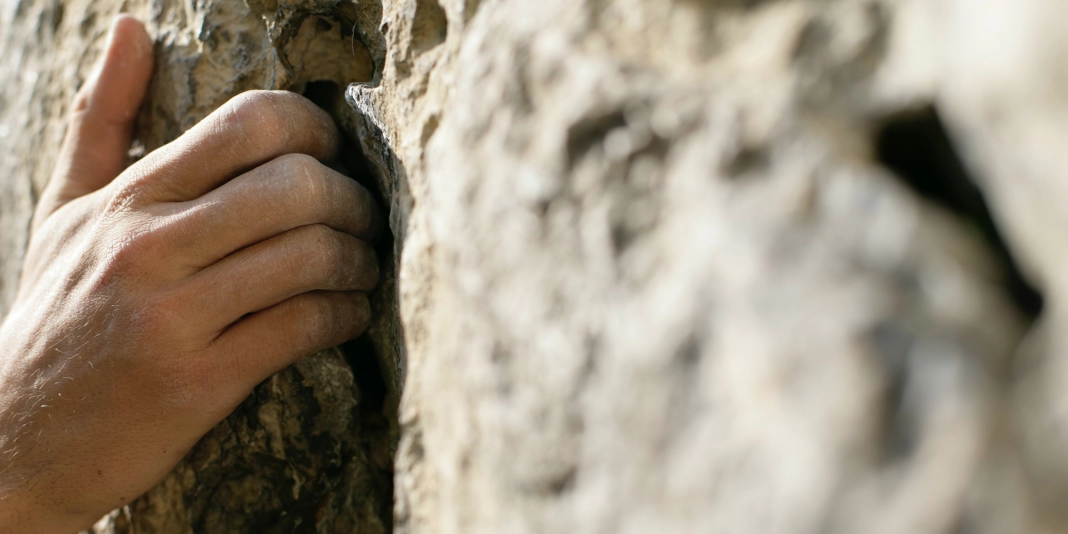
As climbers, the strength of our grip deeply influences our performance. Beyond raw power, mastering a variety of techniques significantly improves grip, contributing to a successful climbing experience. Let's delve into essential climbing techniques that enhance your grip and equip you to tackle even the most challenging routes.
Balanced Weight Distribution
Effective weight distribution maintains equilibrium and optimizes grip. Disperse body weight evenly between hands and feet, mitigating strain on any one point of contact. This technique conserves energy and fosters a solid grip on holds.
Precision Finger Placement
The positioning of your fingers exerts a remarkable influence on your grip. When engaging holds, target your fingers' pads to prevent excessive pressure on the fingertips. Utilize the open-hand grip for larger holds and employ crimps for smaller ones, maximizing surface contact and reducing strain. Experiment with finger curling and extension to adapt to different hold shapes.
Thumb Engagement
Engaging your thumbs contributes significant strength to your grip. Employ your thumbs to create counterforce against your fingers, reinforcing grip power. This technique proves especially effective for holds demanding pinching or opposing pressure. For instance, when using a pinch grip, press your thumb against your fingers to generate additional tension.
Dynamic Flow
Dynamic climbing involves controlled fluidity. Embrace dynamic techniques like dynos and jumps to generate momentum and adjust grip during movement. Syncing your actions with your breath enhances precision and grip control. In dynos, propel yourself with a burst of energy while maintaining controlled grip force on the hold.
Flagging for Balance
Flagging entails extending a leg to the side or back, enhancing equilibrium and shifting your center of gravity. This imparts stability, lessening grip strain and facilitating easier reach for holds. Use this technique on overhangs to counterbalance your body's position and reduce grip fatigue.
Pivoting and Rotation
In challenging holds or positions, pivot and rotate your body. Adapting body orientation provides better hold access and optimizes grip by involving different muscle groups. For instance, when using a gaston grip, rotating your body can help leverage your hold and reduce strain.
Rockovers for Elevation
Rockovers transfer weight from one foot to another using a hold as leverage. Height and positioning gain enhance grip efficiency and stability. While rockovering, use your hands to push against the hold and transfer body weight smoothly, minimizing grip strain.
Strategic Resting
Strategically resting allows hand relief and energy preservation. Employ jugs, ledges, or comfortable holds for grip respite during climbs. Shake out your hands and relax your grip on these holds to rejuvenate your fingers before continuing.
Mantling Technique
Mantling entails pushing down on a hold to raise yourself. Core and leg strength support grip during upward transitions. Engage your core muscles while mantling to take some load off your hands, allowing them to recover slightly.
Crack Climbing Mastery
Crack climbing relies on finger, hand, and foot jams. Inserting body parts into the crack creates friction and secures holds. Utilize jamming techniques by inserting hands or feet into cracks to create secure positions, lessening the load on your grip.
Learn And Adapt
Climbing's journey is an ongoing learning process. Experiment and adapt these techniques to your style. Enhance your grip with these methods for triumphing over challenging routes and soaring to new heights in your climbing journey.

